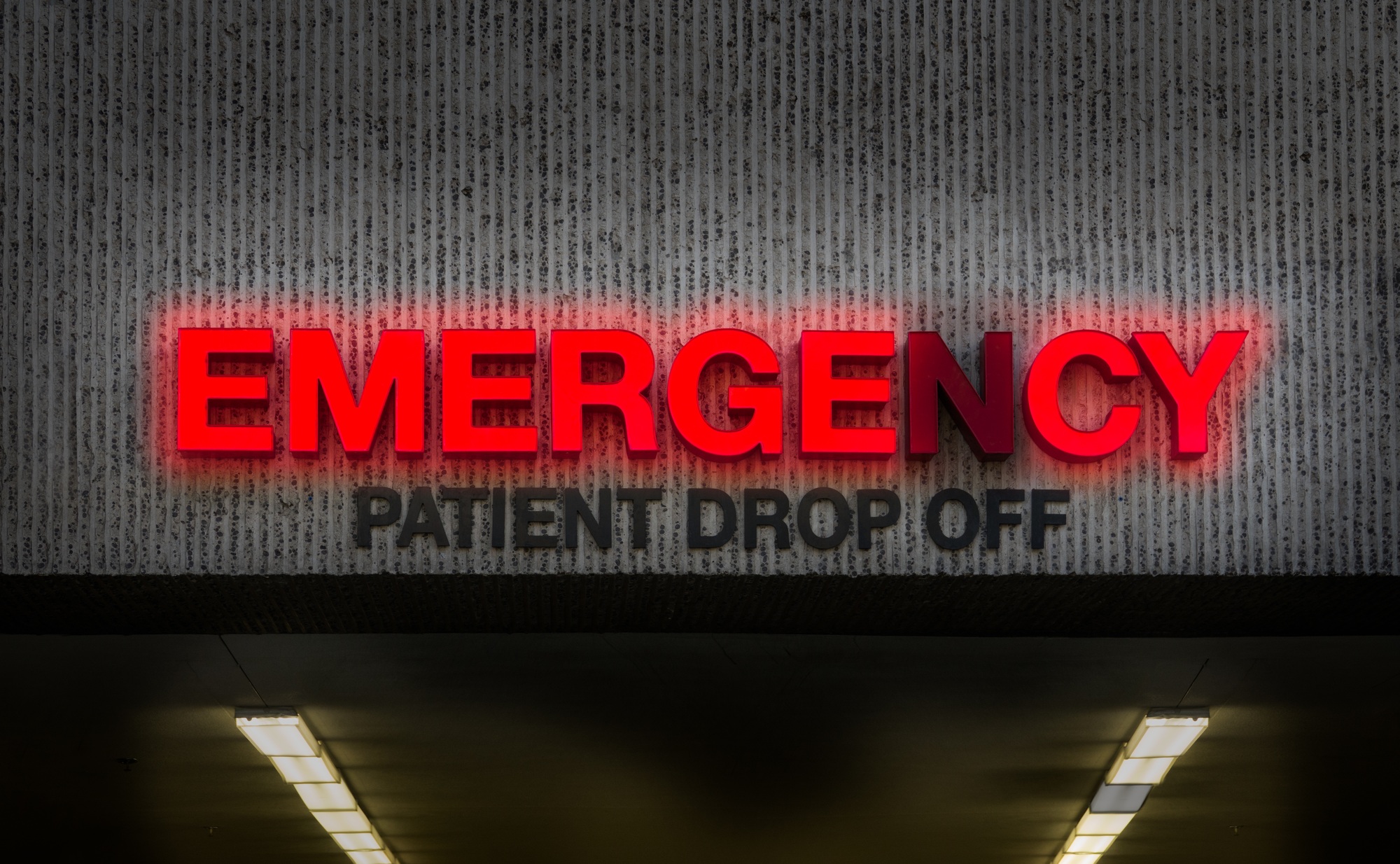Lack of effective patient education is a common issue in healthcare, yet its impact can be profound—affecting patient outcomes, satisfaction, and even your practice’s reputation. For private practice doctors, focusing on patient education isn’t just a courtesy—it’s a necessity.
This blog explores the top five reasons why patient education should be a central part of your practice.
By understanding these benefits, you’ll see how informed patients can positively influence every aspect of healthcare delivery.
1. Improves Patient Self-Efficacy
An informed patient is an empowered patient. Self-efficacy, or a person’s belief in their ability to manage their own health, is directly tied to effective patient education.
By ensuring your patients understand their diagnosis, treatment options, and preventive measures, you give them the tools to take ownership of their health.
For example, a study on lifestyle interventions showed significant clinical improvements in patients with chronic conditions like diabetes, coronary heart disease, and rheumatoid arthritis when patient education was incorporated into their care plan.
When patients feel confident and capable of managing their health, they’re more likely to engage with their treatment plans and make better choices long-term.
2. Encourages Adherence to Medications
Non-adherence to prescribed medication is a common challenge for physicians—but patient education can be a game-changer. A study on rheumatoid arthritis patients found that those who received detailed counseling and educational pamphlets were significantly more likely to stick to their medication regimen compared to those who only received basic written information.
When you take the time to explain why a particular course of medication is necessary, how it works, and how it should be taken, patients are more likely to follow through.
Adherence doesn’t just lead to better outcomes for your patients—it saves you time and frustration in follow-up visits dealing with untreated symptoms.
3. Reduces Emergency Department (ED) Visits
Educated patients are well-equipped to make informed healthcare decisions, which means fewer unnecessary trips to the emergency department (ED). A study in six EDs found that post-visit education—via phone calls or mailed information—reduced following ED visits by 22% to 27%, depending on the patient’s age group.
These simple interventions helped redirect patients to more appropriate care settings, like primary care or telehealth.
For private practices, fewer ED visits mean less strain on the healthcare system and more trust in your capabilities as a primary care provider. With proper education, patients recognize when they need immediate care versus when they can reach out to their doctor for advice.
4. Strengthens the Physician-Patient Relationship
Patient education is the foundation of a strong, trusting relationship between you and your patients. Research from Baylor University Medical Center emphasizes that when physicians actively engage patients in shared decision-making—explaining conditions, offering options, and listening to concerns—the relationship transforms into a true partnership.
When patients feel heard, respected, and informed, they’re more likely to trust your recommendations and remain loyal to your practice. This trust is especially valuable during challenging moments, such as when complications arise or difficult treatments are required.
5. Reduces Physician Liability
Communication breakdowns between physicians and patients account for 27% of medical malpractice claims. Misunderstandings regarding treatment plans, risks, or procedures can lead to dissatisfaction and legal disputes. Clear, consistent patient education can help bridge this gap.
By ensuring your patients understand their condition, treatment options, and any potential risks, you create transparency and minimize the likelihood of miscommunication.
Proactively educating your patients not only helps them but also protects your practice from avoidable legal challenges.
Conclusion
By prioritizing patient education, you’re not just improving healthcare outcomes—you’re fostering trust, loyalty, and care that resonates long after patients leave your office.
When patients feel empowered and informed, they’re more likely to manage their health proactively and avoid complications.
At the heart of every successful private practice lies a commitment to patient-centered care. Take the first step by evaluating your current educational strategies and identifying opportunities for improvement.
Whether it’s spending an extra few minutes explaining medications or implementing digital tools to reinforce learning, these changes will benefit your patients and your practice alike.
Want to create a culture of education in your practice? Start small but stay consistent—your patients (and your peace of mind) will thank you.





